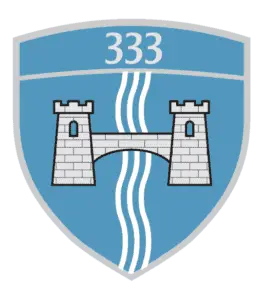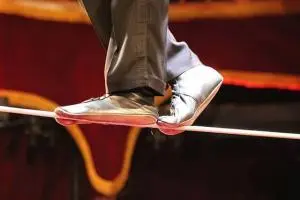Workers Comp Adjuster Communications vs. Productivity – 3-3-3 Rule Wins
The 3-3-3 Rule(c) was invented by me in 1997 to help Workers Comp adjuster communications become more efficient and effective. The rule still applies, even more, today in the age of Social Media.

This rule can apply to so many business settings – beyond adjusters.
What is my copyrighted 3-3-3 rule for workers comp adjuster communications? Let us have a look.
Why Did I Up With A Rule for Workers Comp Adjuster Communications?
When I was a Director of Risk Management, the liability and workers’ comp adjusters that were great people – most of the time struggled to keep from drowning in their work.
This naturally occurs in adjusting ranks over time. Every adjuster had to face this sometimes-hidden tidal wave until it overtook them. One very upset adjuster came with her supervisor to me to say, ” I am working hard as I can”. The supervisor thought the adjuster spent too much time on letters, emails, and phone calls.
The very effective 3-3-3 rule helps so many workers comp adjuster communications along with the liability adjusters. However, this rule usually leaned more towards workers comp.
The 3-3-3 rule may not fit all situations – think of it as more of a guide. If any of the following info, goes against your claims manual – always go with your claims manual.
Some adjusters were able to shave many minutes off their daily diaries and schedules.
The 3-3-3 rule is:
- Three paragraphs in a letter or email
- Three lines of file documentation concerning any communication, and
- The all-important – three minutes on a phone call.
#1 Three Paragraphs
Some adjusters were drowning in their letter or email writing. Why? Being overly thorough, they may spend 1.5 hours on a letter that should have taken a few minutes. Many insurance carriers and TPA’s have form letters that can cut this time down.
The three paragraphs of the one-page letter are:
- Introduction – who you are and why you are contacting the addressee
- What you want to accomplish with the email or letter – what you want from the addressee
- Any follow-up timelines and a proper thank you or another nicety.
#2 Three Lines of Documentation in File Notes

File documentation that drones on and on will never be read by anyone. Twenty seconds after starting to read notes, you will begin to lose people. If you feel that you need to document more then do it.
Remember, this is only for documenting a phone call, email, or letter you received and read -always think workers comp or liability adjuster communications.
The three lines should cover:
- Who – who did you contact or vice-versa?
- Why the contact was made?
- What are you going to do with the info you learned?
#3 Three Minutes On the Phone
I drove my supervisors and manager crazy on this one. Being from the Southwestern US, I stayed on the phone for too long. That was something ingrained in me that took forever to break that bad habit.
Spending too long on the phone was one of my liabilities. If I had to do it over again, this is one rule that I would have adhered to more closely.
One can break #3 into three components (3 is the theme)
- Introductions – 30 seconds
- What the person wants from you or what you want from the person – 1.5 minutes
- What each of you will do with the info exchanged in the future and goodbye niceties. – 1 minute
One can be flexible, but three to four minutes should take care of a large percentage of workers comp adjuster communications by phone. #2 above becomes much easier to document if you follow the phone call rule.
#4 – Bonus – Nobody’s Perfect
Remember these are efficiency guidelines. I would never recommend these as supervisory edicts. For example, I am very bad at staying on phone calls that go stale after a few minutes. If I remember #3, it makes me cover the needed points and to go on to the next task.
#5 – Double Bonus – More Than Just Workers Comp Adjuster Communications

This advice works well in many settings, not just WC or insurance. The proverbial “other side of the coin” is avoiding coming off as rude and abrupt. A balancing act for workers comp adjuster communications is in order.
(c) 3-3-3 Rule Copyright J&L Risk Mgmt Consultants, Inc
©J&L Risk Management Inc Copyright Notice



